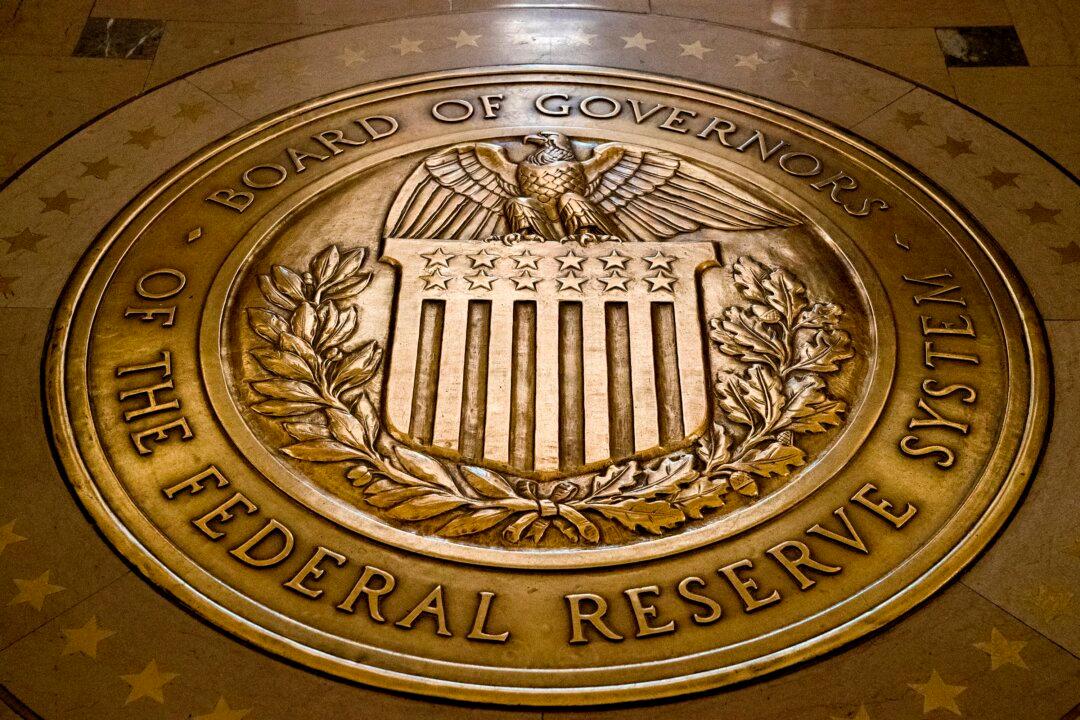In the past year, the Federal Reserve has employed several interest rate hikes in an effort to stabilize the U.S. economy. Depending on your situation and financial institution, your debt may have gotten more expensive or your savings might have grown. As rates continue to change, it’s worth exploring whether you’re still getting the best offer around.
Compared with big banks, a credit union can offer decent rates for stashing your cash or borrowing money, especially during these economic times.






